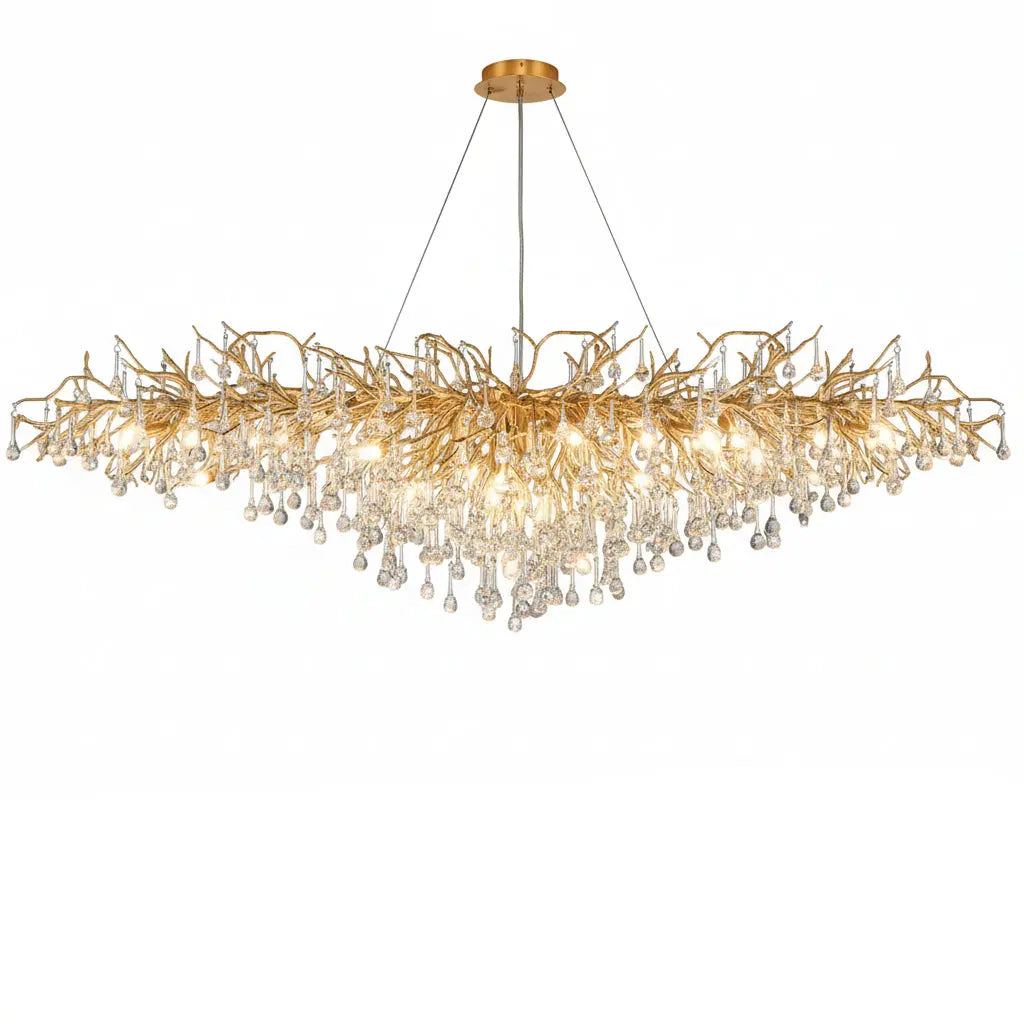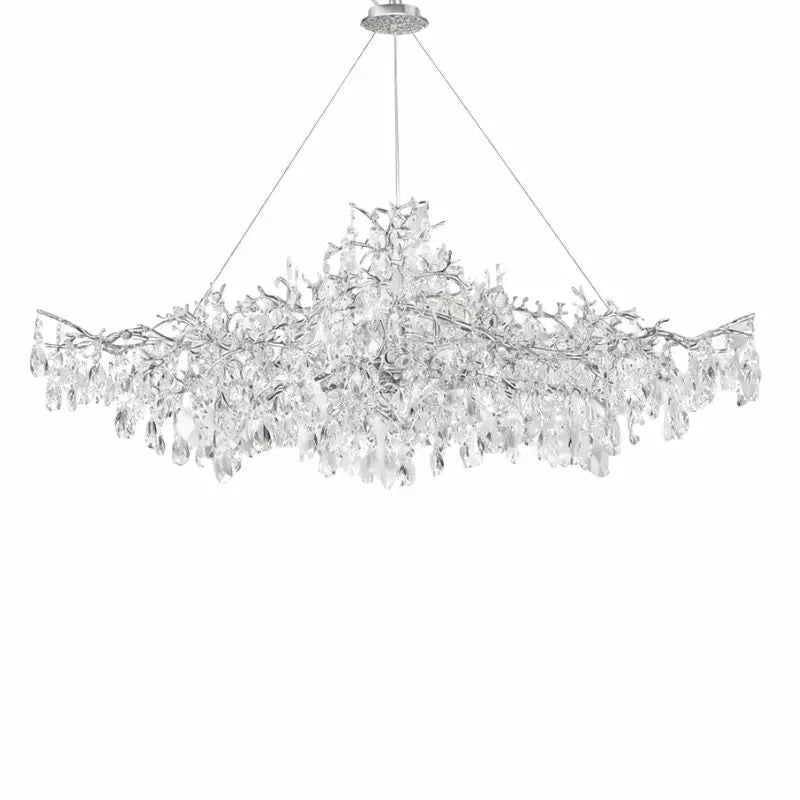Solar-powered garden path lights are a great way to light up your garden. They are easy to install and good for the environment. This article will show you the benefits of using these lights and how to install them.
Key Takeaways
- Solar-powered garden lights convert sunlight into energy and store it in batteries for nighttime use.
- These lights are cost-effective and eco-friendly, reducing your electricity bills and carbon footprint.
- Installing solar garden lights is simple and doesn't require electrical wiring.
- Regular maintenance involves cleaning the panels and occasionally replacing batteries or bulbs.
- Solar lights offer versatile design options for pathways, garden features, and seasonal decorations.
Understanding Solar-Powered Garden Path Lights
Solar-powered garden path lights are a fantastic way to illuminate your outdoor spaces while being eco-friendly and cost-effective. These lights harness the power of the sun during the day and use it to light up your garden at night. Let's dive into how they work, the different types available, and the key features to look for when choosing the right ones for your garden.
How Solar Panels Work in Garden Lights
Solar panels in garden lights use photovoltaic (PV) cells to capture sunlight and convert it into electricity. This electricity is stored in rechargeable batteries within the light. At night, the stored energy powers the light, providing illumination without the need for external power sources. This process is both efficient and environmentally friendly.
Types of Solar-Powered Garden Path Lights
There are several types of solar-powered garden path lights to choose from, each serving different purposes:
- Landscape Spotlights: These lights are perfect for highlighting specific areas or features in your garden.
- Path Lights: Ideal for illuminating walkways and garden beds, ensuring safe passage at night.
- Wall-Mounted Lights: Great for patios, decks, and steps, these lights can be attached to walls, fences, or posts.
- Post Lights: Typically mounted on top of posts, these lights are excellent for marking boundaries or lighting up decks.
- String Lights: These add a playful and decorative touch to trees, fences, and patios.
Key Features to Look For
When selecting solar-powered garden path lights, consider the following key features:
- Brightness: Measured in lumens, the brightness of the light should match your needs. For example, path lights may require fewer lumens than security lights.
- Battery Life: Look for lights with long-lasting batteries that can store enough energy to last through the night.
- Weather Resistance: Ensure the lights are weatherproof to withstand outdoor conditions.
- Ease of Installation: Most solar lights are designed for easy DIY installation, but it's still important to check the instructions.
- Design and Style: Choose lights that complement your garden's aesthetic.
Solar-powered garden path lights are not only practical but also add a touch of charm and safety to your outdoor spaces. With various types and features available, you can easily find the perfect lights to suit your needs and transform your garden into a beautifully lit haven.
Benefits of Using Solar-Powered Garden Path Lights
Energy Efficiency and Cost Savings
Solar-powered garden path lights are incredibly energy-efficient. They use the sun's energy to power the lights, which means you won't see an increase in your electricity bill. Over time, the savings can be significant. For example, using solar lights instead of traditional ones can save you around $60 per year for a 100-watt light. This adds up, especially when you consider that solar lights can last for several years before needing battery or bulb replacements.
Environmental Impact
Using solar-powered lights helps reduce your carbon footprint. Traditional lights often rely on electricity from fossil fuels, which release harmful emissions. By switching to solar, you can cut down on these emissions. Some studies suggest that using solar lights can reduce your carbon footprint by up to 90% compared to traditional lighting. This makes solar lights an eco-friendly choice for your garden.
Ease of Installation and Maintenance
One of the biggest advantages of solar-powered garden path lights is their ease of installation. You don't need to worry about electrical wiring, which makes them perfect for DIY projects. Simply assemble the lights and place them where they can get enough sunlight. Maintenance is also minimal. Just wipe the solar panels occasionally to ensure they are clean and can absorb sunlight effectively. This makes solar lights a hassle-free option for illuminating your garden paths.
Choosing the Right Solar-Powered Garden Path Lights
Assessing Your Lighting Needs
Before you buy, think about what you need. Do you want to enhance your walkway or light up a garden bed? Knowing your goals helps you pick the right lights.
Comparing Different Brands and Models
Many stores stock solar-powered lights. Browsing best-sellers can help you get a feel for the options. Look for brands that offer good warranties and customer reviews.
Considering Weather and Durability
Outdoor lights face all kinds of weather. Make sure to choose lights that can handle rain, snow, and strong sun. Check the product details to see if they are weather-resistant and durable.
Installation Guide for Solar-Powered Garden Path Lights
Tools and Materials Needed
Before you start, gather all the necessary tools and materials. This will make the installation process smoother. You will need:
- Solar-powered garden path lights
- A shovel or trowel
- A measuring tape
- A level
- A screwdriver (if required by the light model)
Step-by-Step Installation Process
- Plan Your Layout: Decide where you want to place the lights. Make sure the solar panels will get direct sunlight.
- Prepare the Ground: Use a shovel or trowel to dig small holes for the light stakes.
- Install the Lights: Place the stakes into the holes and ensure they are level.
- Secure the Lights: If your lights require screws, use a screwdriver to secure them.
- Test the Lights: Once installed, let the lights charge in the sun and test them at night.
Common Installation Mistakes to Avoid
- Not Reading Instructions: Always read the manufacturer's instructions carefully.
- Poor Placement: Avoid placing lights in shaded areas where the solar panels won't receive enough sunlight.
- Incorrect Assembly: Make sure all parts are assembled correctly to avoid malfunction.
Tip: Solar-powered garden path lights are designed for easy installation, but following these steps will ensure they work efficiently and last longer.
Maintaining and Troubleshooting Solar-Powered Garden Path Lights
Regular Cleaning and Upkeep
To keep your solar-powered garden path lights working well, you need to clean them regularly. Dust and dirt can block sunlight from reaching the solar panels, making them less effective. Wipe down the panels and lights with a damp cloth to remove any debris. This simple step can help your lights stay bright and last longer.
Replacing Batteries and Bulbs
Solar lights use batteries to store energy from the sun. Over time, these batteries will wear out and need to be replaced. Check your lights every few months to see if the batteries are still holding a charge. If the lights are dim or not working, it might be time for new batteries. Also, LED bulbs in solar lights can last a long time, but they may eventually need replacing too.
Troubleshooting Common Issues
Sometimes, your solar lights might not work as expected. Here are some common problems and how to fix them:
- Lights not turning on: Make sure the solar panel is getting enough sunlight. Clean the panel and check for any obstructions.
- Dim lights: This could be a sign that the batteries need replacing. Try new batteries to see if it helps.
- Flickering lights: Check the connections and make sure everything is secure. Loose wires can cause flickering.
Regular maintenance can help your solar garden lights stay bright and functional for a long time. Simple tasks like cleaning the panels and replacing batteries can make a big difference.
By following these tips, you can enjoy the benefits of solar-powered garden path lights without much hassle.
Creative Ways to Use Solar-Powered Garden Path Lights
Solar-powered garden path lights are not just functional; they can also be a creative addition to your outdoor space. Here are some innovative ways to use them:
Designing a Garden Pathway
Creating a well-lit garden pathway can transform your outdoor space. Solar-powered lights can be placed along the edges of the path to guide the way and add a touch of elegance. You can even use different styles of lights, like lanterns or fairy lights, to create a unique look.
Highlighting Garden Features
Use solar-powered lights to highlight specific features in your garden, such as a beautiful tree, a water fountain, or a flower bed. This not only enhances the beauty of your garden but also makes it safer to navigate at night.
Seasonal and Thematic Lighting Ideas
Change your garden's ambiance with seasonal or thematic lighting. For example, use warm white lights during the fall and colorful lights during the holidays. This can make your garden feel festive and inviting all year round.
Solar-powered garden path lights offer a versatile and eco-friendly way to enhance your outdoor space. With a little creativity, you can make your garden not only more beautiful but also more functional.
Comparing Solar-Powered Garden Path Lights to Traditional Lighting
Cost Comparison Over Time
When comparing costs, solar-powered garden path lights have a higher initial price but save money in the long run. Traditional lights require ongoing electricity costs, while solar lights use free energy from the sun. Over time, the savings on your energy bill can be significant.
| Feature | Solar-Powered Lights | Traditional Lights |
|---|---|---|
| Initial Cost | Higher | Lower |
| Ongoing Cost | None | Electricity Bill |
| Maintenance | Low | Moderate |
Performance in Different Weather Conditions
Solar lights depend on sunlight, making them less reliable in cloudy or rainy weather. Traditional lights, on the other hand, provide consistent illumination regardless of weather conditions. However, solar lights are improving and can store enough energy to last through several cloudy days.
- Weather-Dependent: Solar lights need sunlight to charge, so they might not work well in areas with little sun.
- Consistent Performance: Traditional lights work the same in any weather.
Safety and Reliability
Solar lights are generally safer because they don't require electrical wiring, reducing the risk of electrical faults. They are also easy to install, making them a popular choice for DIY projects. Traditional lights, while reliable, can pose safety risks if not installed correctly.
Solar lights are eco-friendly and reduce your carbon footprint, making them a sustainable choice for outdoor lighting.
In summary, both types of lights have their pros and cons. Solar lights offer cost savings and are easy to install, but their performance can be affected by the weather. Traditional lights provide consistent illumination but come with ongoing electricity costs and potential safety risks.
Are you torn between solar-powered garden path lights and traditional lighting? Solar lights are eco-friendly and save on electricity bills, while traditional lights offer a classic look and reliable performance. To explore more options and find the perfect lighting for your garden, visit our website today!
Conclusion
In conclusion, solar-powered garden path lights offer a fantastic blend of practicality and eco-friendliness. They harness the sun's energy to provide illumination without adding to your electricity bill, making them a cost-effective choice in the long run. Installation is straightforward, often requiring no more than placing the lights where they can receive adequate sunlight. With various styles and brightness levels available, you can easily find the perfect lights to suit your garden's needs. While they do depend on sunny weather to function optimally, the benefits far outweigh this minor drawback. By choosing solar-powered lights, you're not only enhancing the beauty and safety of your outdoor spaces but also contributing to a greener planet.
Frequently Asked Questions
How do solar panels in garden lights work?
Solar panels in garden lights convert sunlight into energy and store it in a battery. The stored energy powers the light at night.
What should I consider when buying solar-powered garden lights?
Think about the type of light, battery life, brightness, durability, activation method, and ease of installation and maintenance.
What are the benefits of using solar-powered garden lights?
They save on energy bills, are eco-friendly, easy to install, and require little maintenance.
How do I install solar-powered garden path lights?
Gather your tools and materials, follow the step-by-step instructions, and avoid common mistakes like placing lights in shaded areas.
How do I maintain solar-powered garden lights?
Regularly clean the solar panels, replace batteries and bulbs as needed, and troubleshoot any common issues that arise.
What are the different types of solar-powered garden lights?
There are various types, including pathway lights, spotlights, wall-mounted lights, and decorative string lights.









































